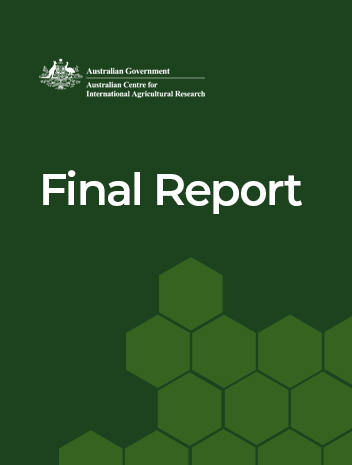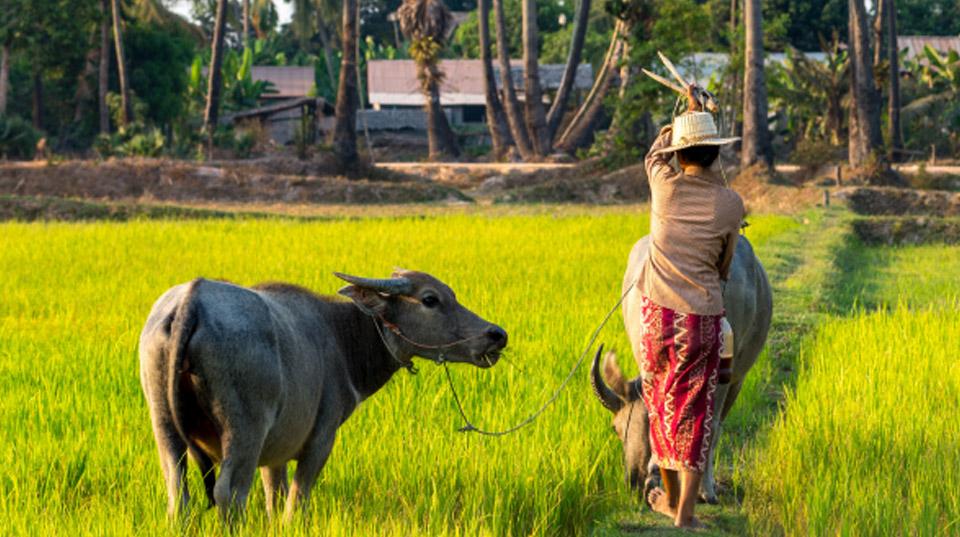Overview
The agricultural production environment in Cambodia and southern/ central Laos is, in general, harsher than the fertile lowlands of other countries in the region. Soils are generally low in fertility with significant water limitations, and three-quarters of the agriculture is rainfed. The predominance of rice-based farming systems on infertile, poorly structured soils means that current agriculture has rather low productivity on both a labour and a land area basis. Hence, a priority for both Cambodia and southern/ central Laos is to design and implement a sustainable intensification of land use to increase profitability of these farming systems.
Potential modifications to farming systems that lead to sustainable intensification, according to land and water resources, need to be identified and assessed. These changes in farming systems will need to be socially, culturally, economically aligned and take advantage of new and emerging markets for crops and beef in the region, particularly in Thailand and Vietnam. To capitalise on these market opportunities, substantial changes in current production systems will likely be required for small holder farmers.
Outcomes
Small holder farms in Laos (particularly in central and southern regions) and Cambodia occupy large areas of low fertility sands. Subsistence cropping of rice and other crops, and open grazing of livestock are the main enterprises of these farms. However, these farming systems are changing and under challenge due to labour shortages, which are driving shifts towards direct seeding of rice. Mechanisation and the use of two-wheel tractors, in particular, have changed the reliance on livestock as draft animals and created the opportunity to view livestock as an income-generating production system, rather than a burden or competing enterprise on farms in Laos and Cambodia.
Following a pilot study of the farming systems on low productivity sands in Laos and Cambodia, the resulting strategies were formulated to provide greater diversify in these systems and bring significant benefits to the economic and social fabric of impoverished communities:
- Strategy 1: Potential for farming success Review the current status of cropping and livestock systems in Laos and Cambodia particularly those related to sandy terrain. Identify the potential productivity of crops and forage pasture in these regions through modelling and field experimentation.
- Strategy 2: Changing restrictive management practices Develop solutions to intensify crop and livestock systems in the key regions, incorporating relevant innovations and technologies. Assess the potential to modify farming systems to increase intensification of crop / livestock systems
- Strategy 3: Expanding knowledge and promoting uptake Establish appropriate farming-scale models to test the potential outcomes of interventions. Work in a participatory modality with villages to define rules of participation and management for communal and private land.
- Strategy 4: Building new systems Develop assessment skills to quantify production from intensive crop / livestock farming systems. Improve the design of farming systems and provide training for local research and extension staff.
- Strategy 5: Managing socioeconomic impacts Develop a robust economic model of the potential impact of crop intensification on farm household livelihood. Assess the socioeconomic implications of intensification of crop / livestock systems in Laos and Cambodia, including gender impacts and potential for adoption of technology. Explore strategies for scaling out the project outcomes.




